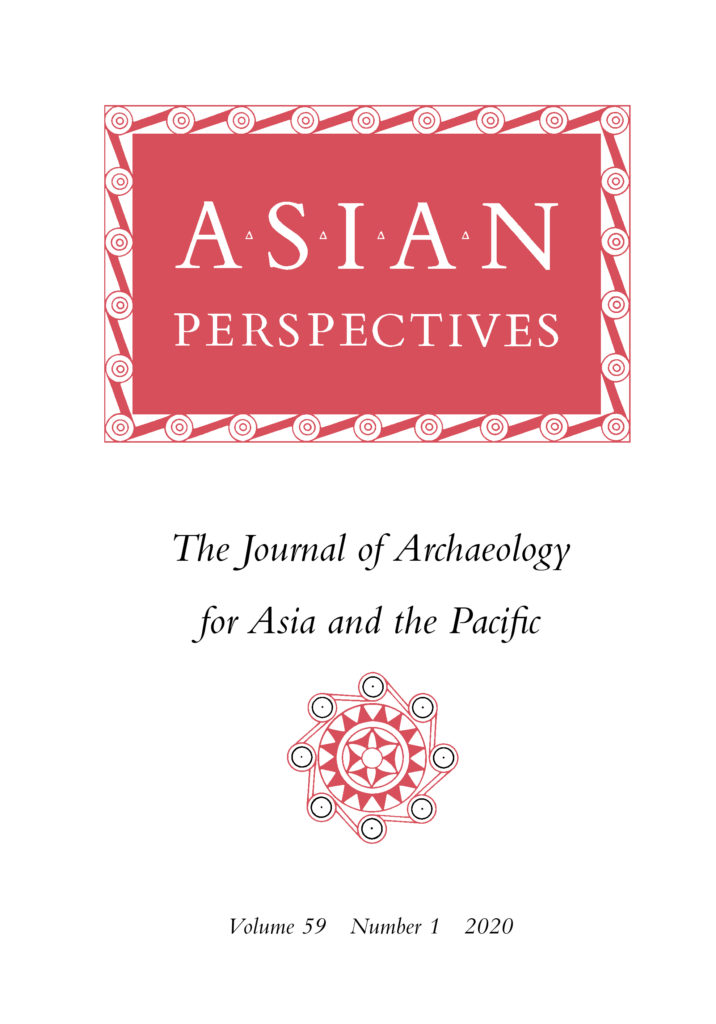University of Hawaii is celebrating it’s 73rd Anniversary by offering discounts of up to 73% on nearly every title from Sept 4th through Sept 6th.
Full list of on sale titles can be found below (Download PDF, CSV):
73AnniversarySale.pdfUniversity of Hawaii is celebrating it’s 73rd Anniversary by offering discounts of up to 73% on nearly every title from Sept 4th through Sept 6th.
Full list of on sale titles can be found below (Download PDF, CSV):
73AnniversarySale.pdf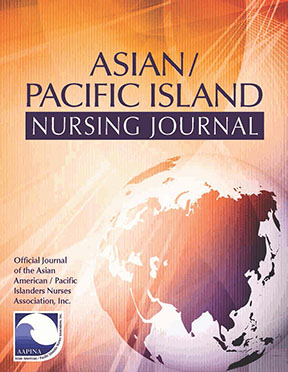
Volume 5, Issue 1 (2020)
The new issue includes the following articles:
Building Safe Didactic Dialogues for Action Model: Mobilizing Community with Micronesian Islanders
Connie K. Y. Nguyen-Truong Dr., Jacqueline Leung Dr., Kapiolani Micky, and Jennifer I. Nevers
How Do Acculturation, Maternal Connectedness, and Mother-Daughter Sexual Communication Affect Asian American Daughters’ Sexual Initiation
BoRam Kim, Yurun Cai, and Teri Aronowitz
What works in mindfulness interventions for medically unexplained symptoms? : a systematic review
Ruel Billones, Nada Lukkahatai, and Leorey Saligan
Review of the Scientific Literature on Young Adults Related to Cardiovascular Disease Intervention
Dieu-My T. Tran and Angela Sojobi
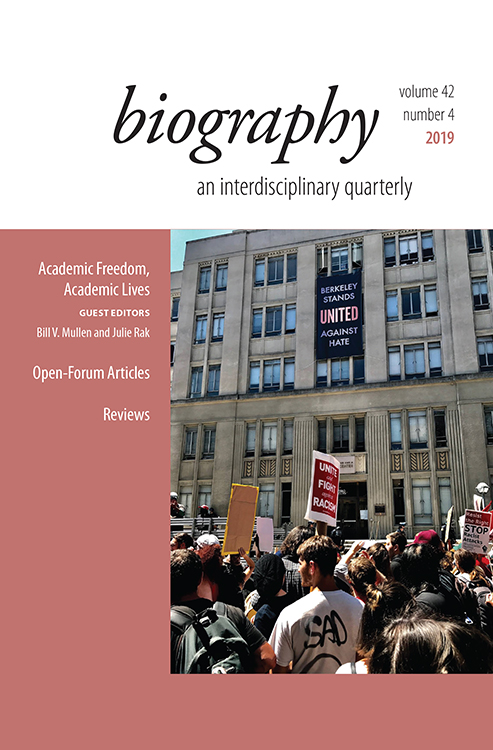
Volume 42, Issue 4 (2019)
From the guest editors’ introduction:
Academic freedom is currently highly public and highly contested terrain. What academic freedom actually means has become an urgent question, as alt-right activists have turned the tenets of academic freedom to their own ends, whether on college and university campuses, or through the actions of right-wing governments as they move to suppress dissent. We want to reclaim the concept of academic freedom for the left and for academic activism, not through a debate about the concept as an abstraction, but in connection to what we see as the radical potential of academic lives. Thinking of academic lives as interpretation and critique is a way to disrupt the current alt-right control of public discourse about freedom of speech. Read the special issue introduction free here.
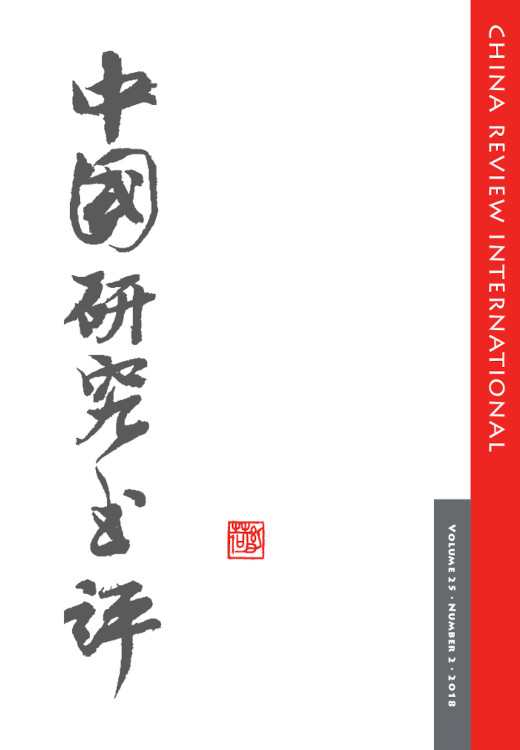
Volume 25, Issue 2 (2018)
This issue of China Review International begins with the following reviews:
Sexuality in China: Histories of Power and Pleasure ed. by Howard Chiang (review)
Tani Barlow
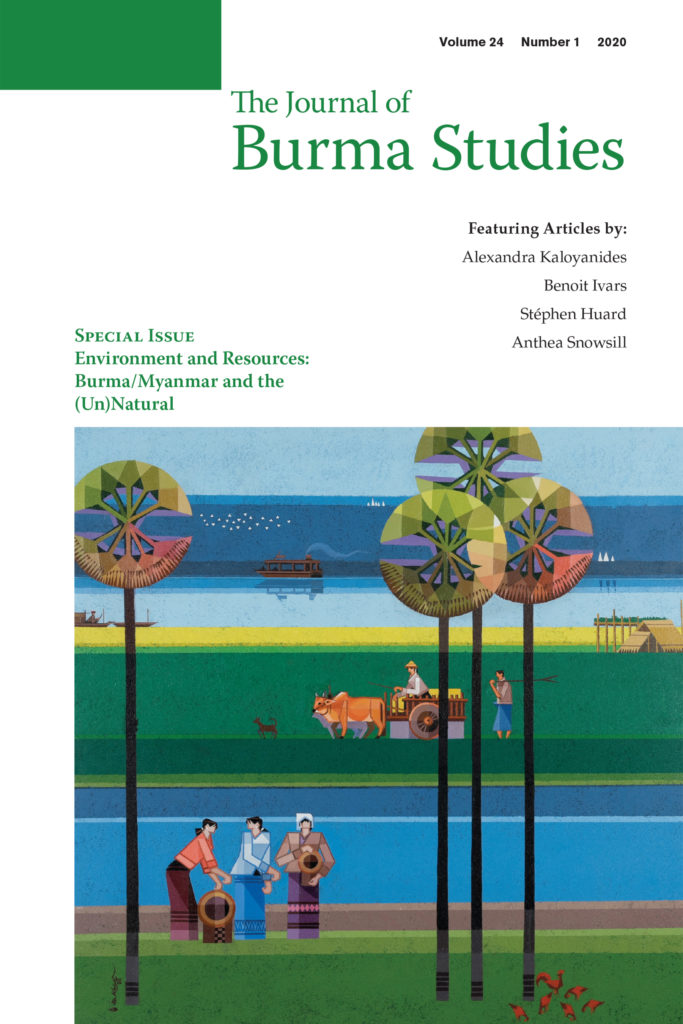
Volume 24, Issue 1 (2020)
The editor’s note for this special issue begins:
From touristic impressions to geopolitical analyses, ubiquitous are the tremendous and varied natural resources of Myanmar. Teak forests, oil and gas reserves, precious gemstones, biodiversity, and the list goes on. The very meaning of the concept of resource, however, suggests that the country contains things of tremendous potential human, economic use, and therefore value. With the resources, mapping, and study of them, there is the seemingly boundless potential for greater wealth to be accumulated. On the other hand, discourse regarding natural beauty and wonder can be a purposeful distraction from ongoing issues of war and exploitation. Discussing the country’s abundance of resources, however, is never a neutral proposition: for outsiders looking in, there is frequently a value-laden assumption which guides the observation that the various regimes and economic interests are not responsibly conserving these resources for the greater good (however nebulous that may be). Life itself (before we even label it a natural resource) is already an active zone of economic production, engineering, banking, commodification, and exchange (Palsson 2016:4). The definition, mapping, laws, and social relationships which name and frame resources in Myanmar are of ongoing heuristic, cultural, economic, and inevitably political concern.
With this problematic in mind, in this Special Issue of The Journal of Burma Studies (JBS) we have gathered together an interdisciplinary set of research articles surrounding questions of what nature is and what its resources might be. With the four authors’ varied focus on historical and contemporary Myanmar, this set of papers offers challenging new vistas for the exploration and interrogation of how resources and the environment have been approached and brokered by local and transnational actors. Read the special issue introduction free here.
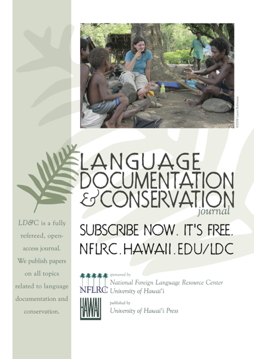
Volume 14 (2020)
New articles in LD&C in July:
Finding Hawu: Legacy data, finding aids and the Alan T. Walker Digital Language Collection
Determinants of phonetic word duration in ten language documentation corpora: Word frequency, complexity, position, and part of speech with supplementary material
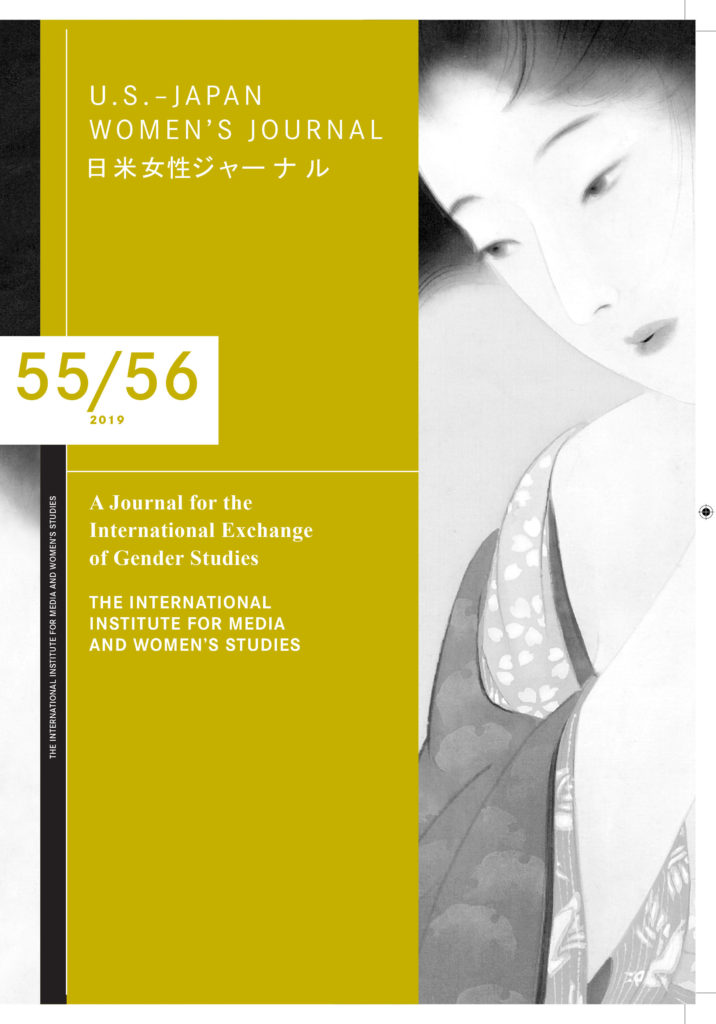
Volume 55/56 (2019)
This issue of U.S.-Japan Women’s Journal begins with the following articles:
Redeeming Michitsuna’s Mother: A Feminist Reading of the Kagerō Diary / 道綱母の名誉救済:蜻蛉日記のフェミニスト的解釈
Margaret H. Childs
We are pleased to participate in the inaugural AAAS Virtual Book Fair (August 10–14, 2020) organized by the Association for Asian American Studies (AAAS) to highlight recent titles released by university presses, especially ones by AAAS members. With the cancellation of the in-person annual meeting, this virtual event fills the gap to celebrate the fine works published in Asian American and Pacific Islander studies. Here is a selection of our new and recent titles in the field:
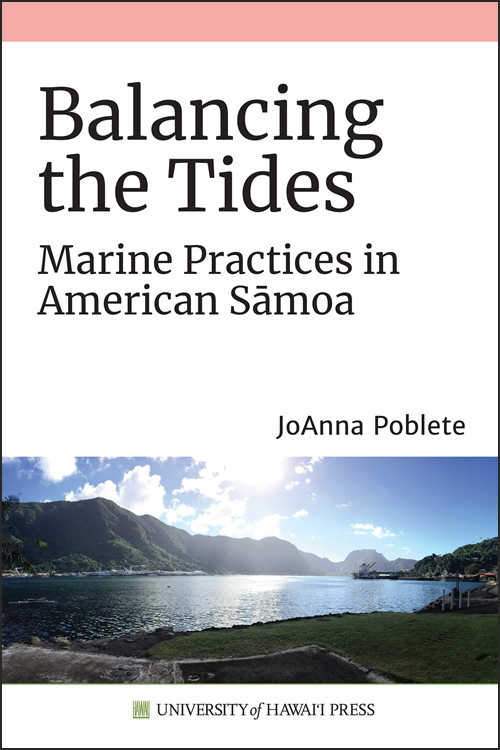
Balancing the Tides: Marine Practices in American Sāmoa
JoAnna Poblete
Also available in open-access editions.
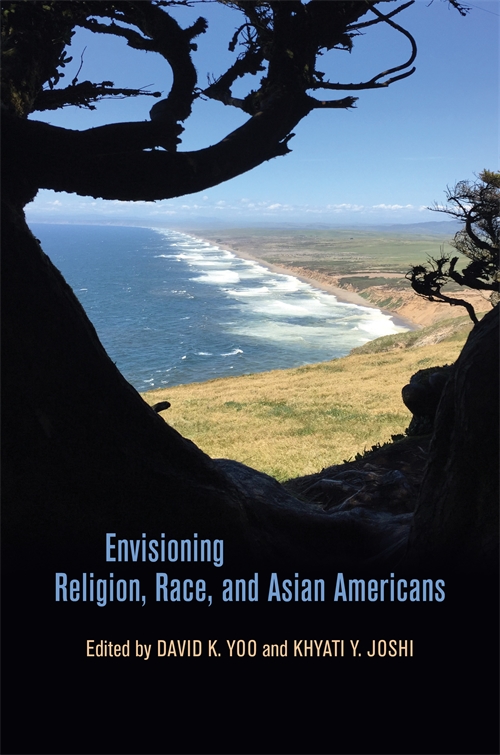
Envisioning Religion, Race, and Asian Americans
Edited by David K. Yoo and Khyati Y. Joshi
Intersections: Asian and Pacific American Transcultural Studies
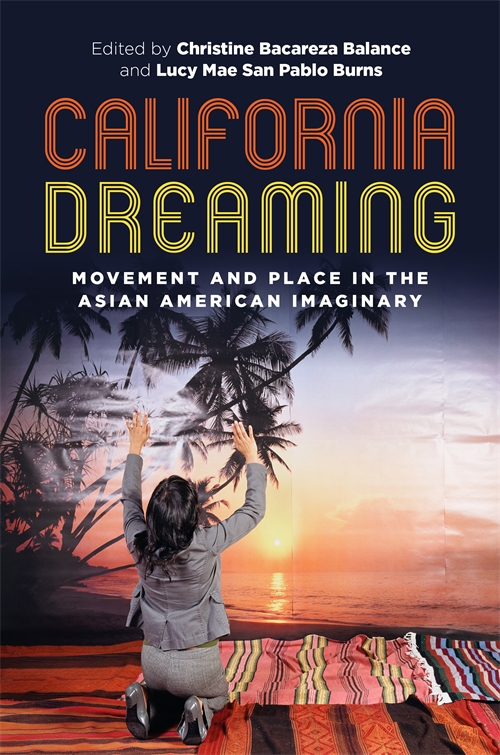
California Dreaming: Movement and Place in the Asian American Imaginary
Edited by Christine Bacareza Balance and Lucy Mae San Pablo Burns
(Available September 2020)
Intersections: Asian and Pacific American Transcultural Studies
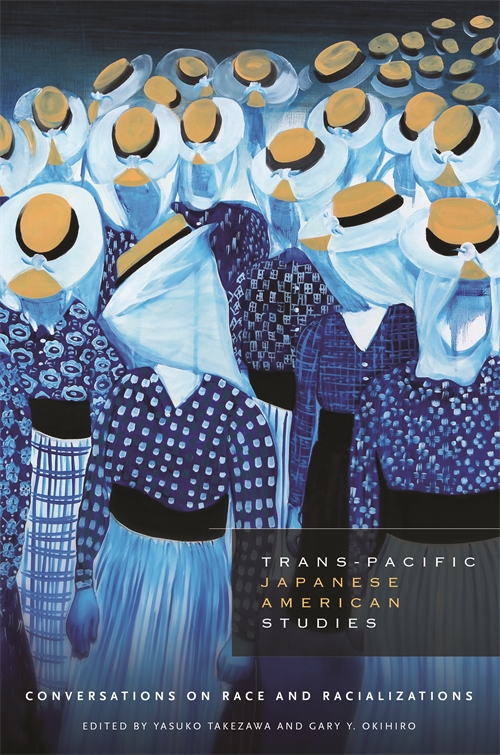
Trans-Pacific Japanese American Studies: Conversations on Race and Racializations
Edited by Yasuko Takezawa and Gary Y. Okihiro
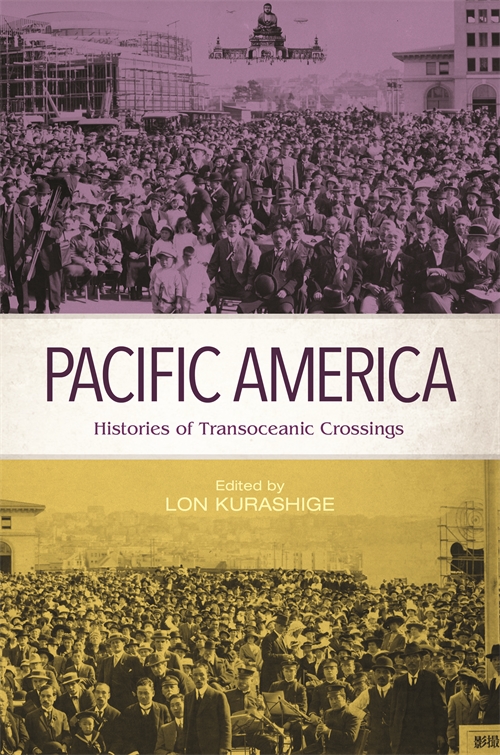
Pacific America: Histories of Transoceanic Crossings
Edited by Lon Kurashige
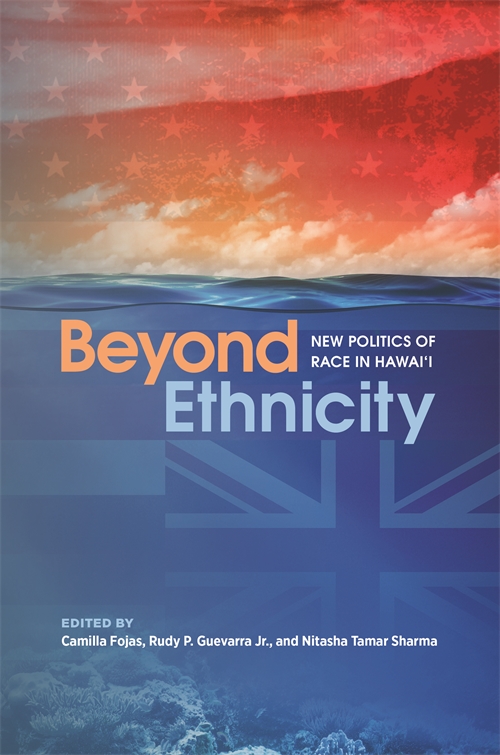
Beyond Ethnicity: New Politics of Race in Hawai‘i
Edited by Camilla Fojas, Rudy P. Guevarra Jr., and Nitasha Tamar Sharma
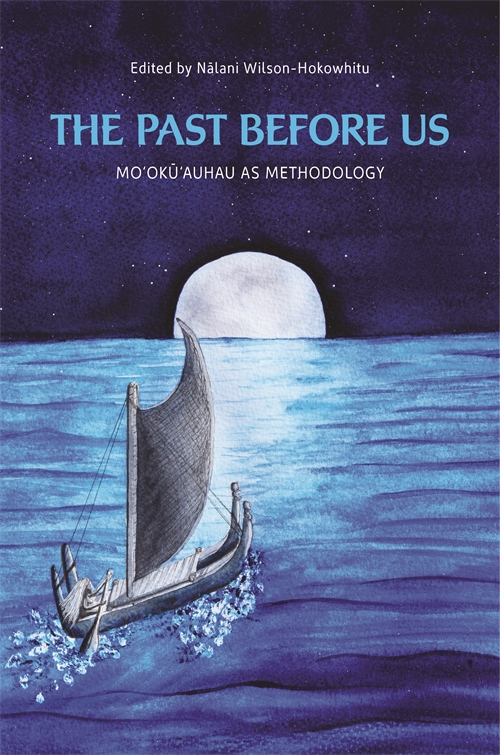
The Past before Us: Mo‘okū‘auhau as Methodology
Edited by Nālani Wilson-Hokowhitu
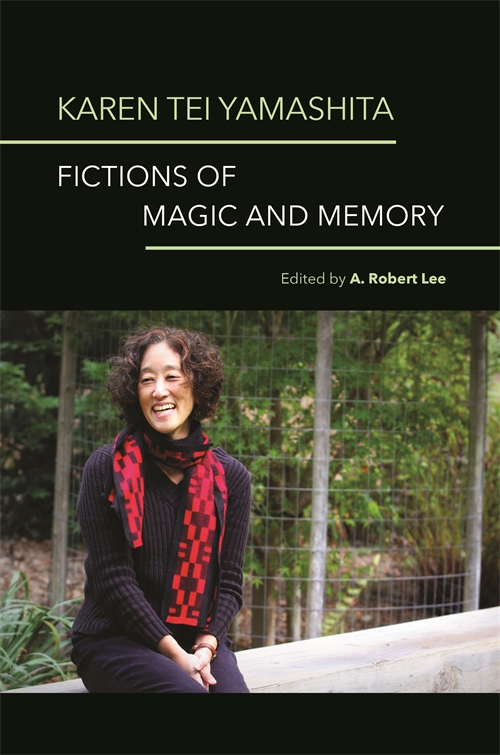
Karen Tei Yamashita: Fictions of Magic and Memory
Edited by A. Robert Lee
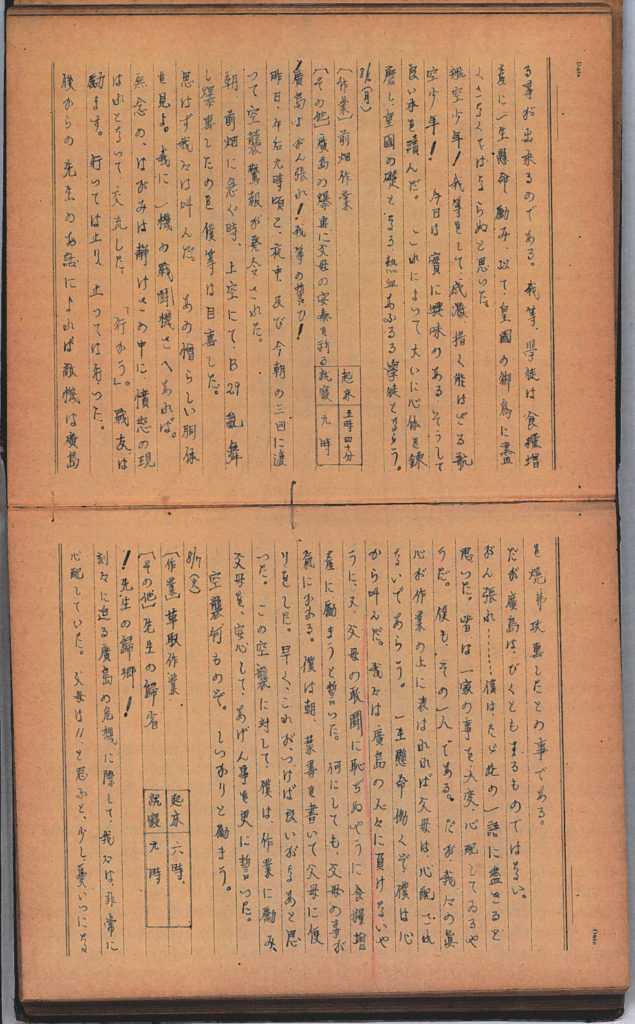
[English translation]
August 6, 1945 Up at 5:40 a.m. In bed at 9:00 p.m.
Assignment: Work at Maehata
Others: Prayed for my parents’ safety on learning of air raids on Hiroshima City. Gambare (Hang on), Hiroshima!
Air-raid alarms went off three times–at 9:00 p.m., after midnight and this morning. We witnessed B-29s (U.S. bombers) flying over our area as we were heading to Maehata. We instinctively shouted that we could shoot them down if we had a fighter. The anger within us filled the silence. “Let’s move on,” my comrade encouraged me. We walked and stopped frequently. According to the teacher, the enemy raided Hiroshima City with napalm bombs. However, Hiroshima will stand firm. Gambare! That is all I can say. All of us are worried they could see the results of our deep commitment to our work. “I’ll work as hard as I can,” I told myself. I swear I will work harder than ever to contribute toward increased production and to work as hard as my parents do. Anyway, I am concerned about my parents and I wrote them this morning. I hope the letter is delivered quickly. I further vowed to do my best so my parents would be reassured. Who is afraid of air raids? Just dig in and work!
[Note: The diary image appears as the background on the cover of Tadaima! I Am Home: A Transnational Family History by Tom Coffman (University of Hawai‘i Press, 2018).
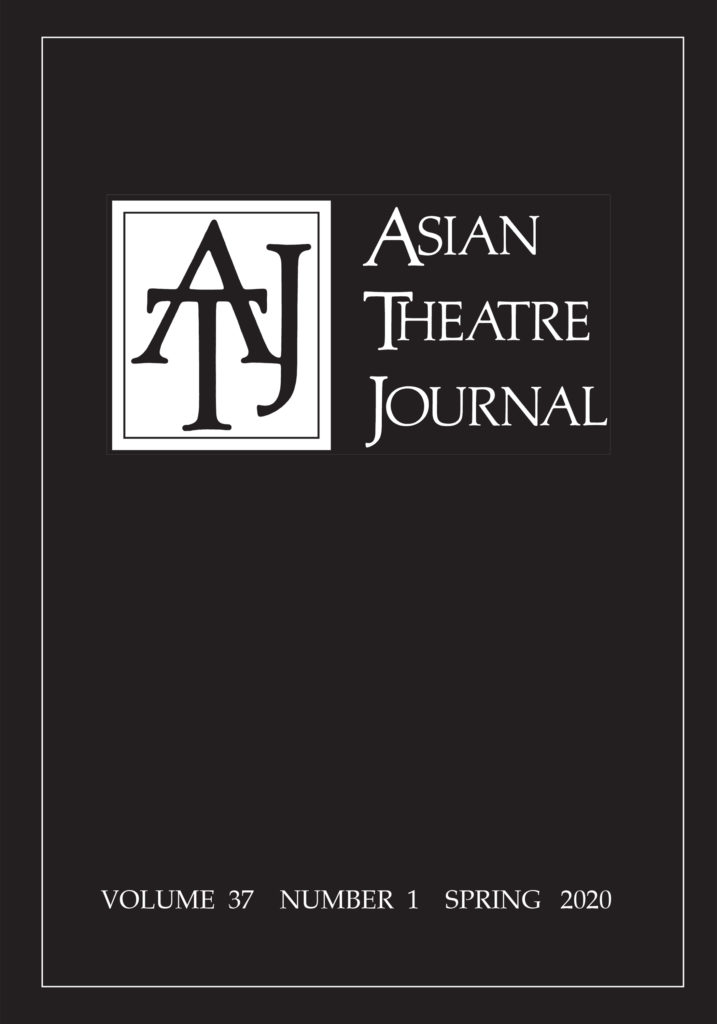
Volume 37, Issue 1 (2020)
This special issue is intended to briefly introduce the field of Ramlila, as a performance practice and as an idea. It is designed to give a taste of its geographic range and a sample of its multiple and diverse manifestations in India and the Indian diaspora. The Introduction briefly discusses the literary sources of Ramlila, its history, chief styles, and emerging trends. It also includes a synopsis of the story of Ram in Ramlila. Following this, a translation of three scenes from the Lav-Kush Ramlila in Old Delhi, with a critical introduction, sheds light on the mounting politicization of Ramlila by the Hindu Right. Two articles, one on Nautanki and one on Ramayan Gaan, illustrate that Ramlila is a form of theatre very much in dialogue with other forms of popular performance in the Hindi belt and along its linguistic borders, narratively, aesthetically, and ideologically. A review-essay of two documentaries and an interview with an expert on Kumaoni Ramlila further demonstrate the diversity of Ramayan-themed performance, despite the continued homogenization and commercialization of Ramlila. An article on a distinctive Ramlila in Trinidad and another in the United States (North Carolina) speak to the global reach of Ramlila, and its important role in “homemaking.” Finally, a report on a festival to commemorate a Ramayan-themed dance drama (wayang wong) at Prambanan recalls the Ramayan’s early journey from South to Southeast Asia.
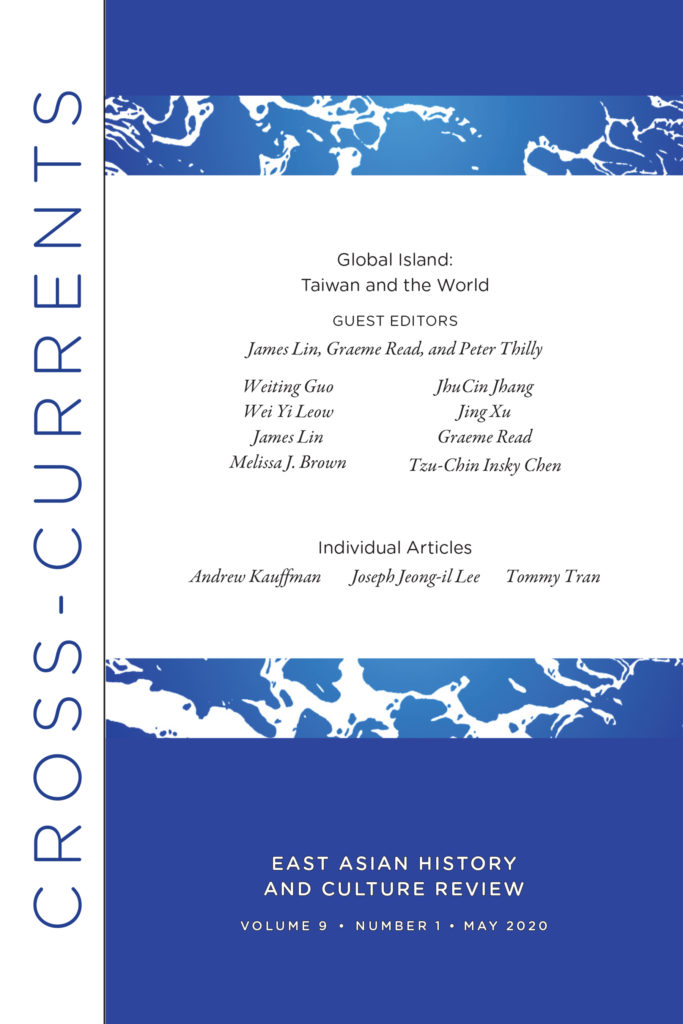
Volume 9, Issue 1 (2020)
In October 2018, the University of Washington Taiwan Studies Program hosted a workshop featuring a wide range of diverse humanities and social science research centered on the theme of “Global Island: Taiwan and the World.” The impetus for the workshop was to reimagine Taiwan outside the traditional confines of comparative and cross-Strait studies that have predominated in academic research on Taiwan. The articles that emerged from the workshop and have been assembled in this issue instead understand Taiwan as an actor embedded within global networks and spaces or, alternatively, as a unique site or producer of globally circulating knowledge. At a time when Taiwan studies is gaining increased visibility, exploring Taiwan’s linkages to the greater world showcases underexplored facets of Taiwan and the potential contributions of this field to interdisciplinary studies of society and culture.
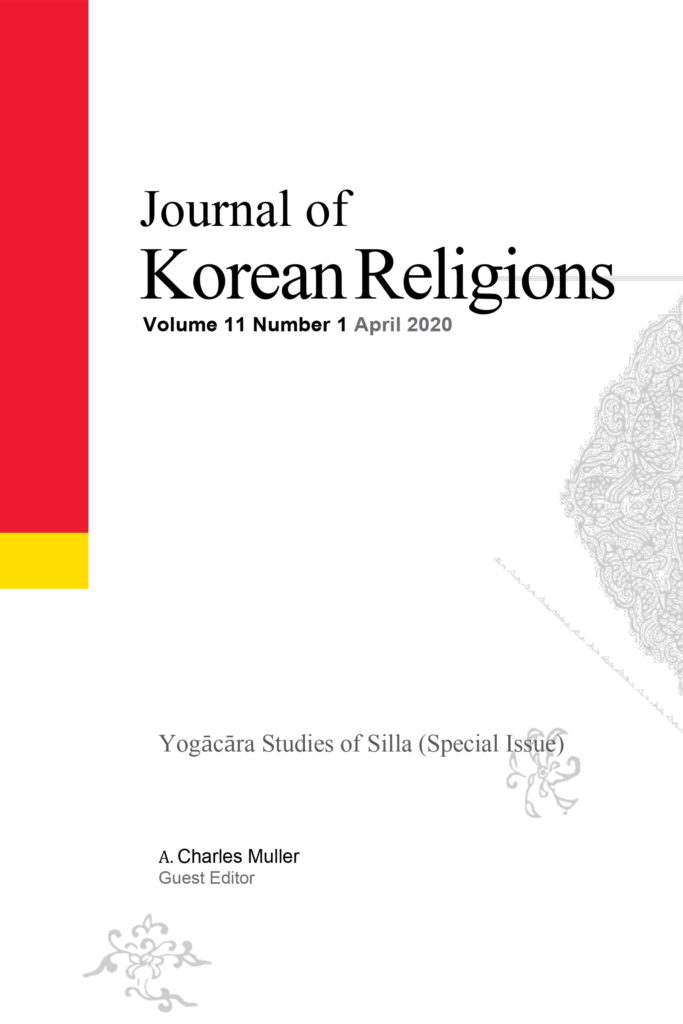
Volume 11, Issue 1 (2020)
One area in particular wherein interest in Korea has been relatively strong since earlier days is that of Silla-period Buddhist scholarship. Within Silla scholasticism, one of the most influential areas has been that of Yogācāra and related studies—which in Korea, tends to include much of what is usually categorized as the Buddhological strain of Tathāgatagarbha. Silla-period scholars were in close contact with their Chinese colleagues on the mainland, reading and writing the same Sinitic script. They had ready access to newly composed texts and translations soon after their production in Chang’an and elsewhere, and they were intimately aware of all of the most pertinent doctrinal discussions and debates occurring in the Tang capital and its surroundings, and were deeply engaged in all of these. One of Silla’s own sons, Wŏnch’ŭk 圓測 (613–696), was situated in the Tang capital and was working directly with Xuanzang and his team, although sometimes not seeing eye-to-eye with other of Xuanzang’s followers, such as Kuiji 窺基 (632–682). Other Silla scholars, such as Chajang 慈藏 (sixth-seventh centuries) and Ŭisang 義湘 (625–702) (just to name a few of the better-known figures) went to Tang for serious and sustained study, making their own mark, and bringing their new knowledge home to the peninsula.
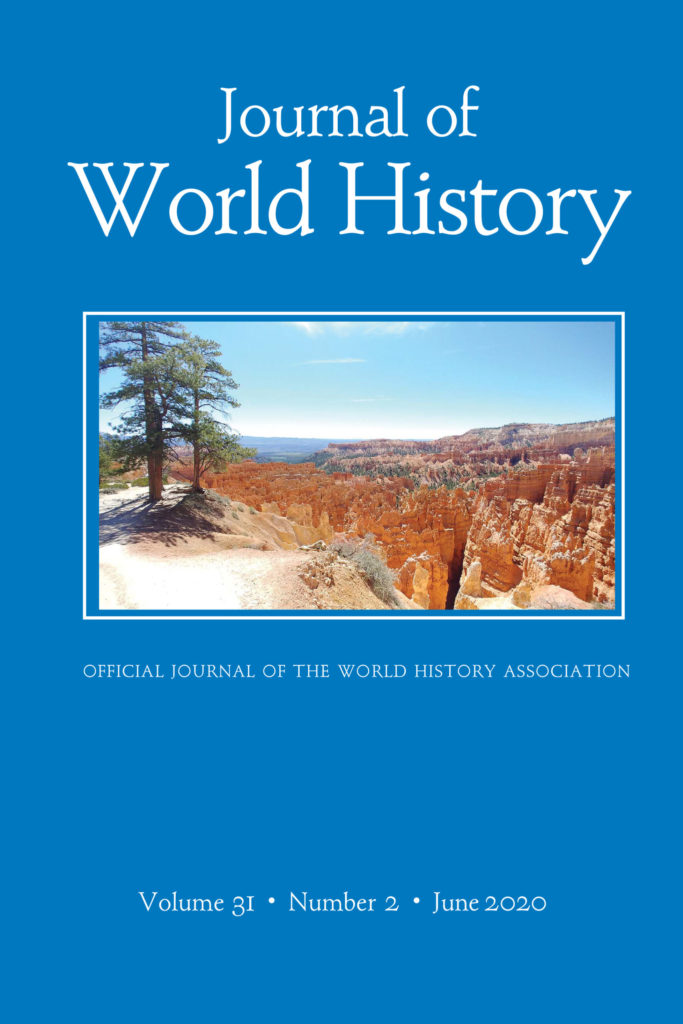
Volume 31, Issue 2 (2020)
Research articles for this issue include:
Thirty University of Hawai‘i Press World History titles (both print and eBook!) are now 30% OFF through the end of July.
Find a digital-only special issue, “Roads and Oceans” of the Journal of World History FREE HERE.
The Journal of World History launches its first digital-only special issue, a 30th anniversary collection titled, “Roads and Oceans: Rethinking Mobility and Migrations in World History.” The issue is free on the Project MUSE platform through September 2020.
This week, world history scholars would have been gathering in Salt Lake City, Utah for the annual World History Association (WHA) conference, regretfully canceled in light of public health concerns during the coronavirus pandemic.
This special issue provides accessible resources for scholars and teachers worldwide, pulled together by editor Matthew P. Romaniello. Here, Matt discusses “Roads and Oceans,” a central theme throughout the history of this journal founded by Jerry Bentley, a pioneer in the field who guided the journal through 24 volumes.
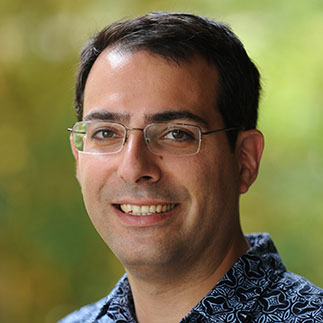
University of Hawai‘i Press: Tell us how this special issue came together.
Matthew P. Romaniello: To celebrate the journal’s anniversary, we wanted to highlight a theme that has been important throughout the past thirty years. We reviewed the list of most frequently read articles available through Project Muse and developed three potential themes that would be a good fit. After consulting with a few members of the editorial board, “Roads and Oceans: Rethinking Mobility and Migrations in World History” seemed to best choice to encompass the journal’s history.
UHP: Why is this issue important now?
MPR: As I mention in the introduction, world history is not contained by border crossings or trade caravans but is instead defined by movement in general. Placing this selection of articles into context with each other opens a discussion on the importance of human migration, cultural exchanges broadly conceived, and the challenge crossing borders, either from state-imposed restrictions or geographic boundaries. As these articles highlight, the progress of history has been toward more exchanges, not obstacles.
UHP: How do you hope people will use this issue?
MPR: One of the most exciting opportunities resulting from this special online format is making older articles available free. While many scholars working at the university level will have access to the journal via their institutions, our secondary school colleagues are not so lucky. Getting more material into the hands of secondary school teachers to share with their students is a wonderful outcome of our anniversary celebration. Having a thematic collection available will lend itself to use at all levels as the basis for an in-depth discussion about the importance of migration and travel throughout the past, an issue that’s only more important in a Covid-19 world.
UHP: What was the most challenging thing about creating this issue?
MPR: The greatest challenge was the journal’s rich past. There are simply too many great articles worth highlighting. The editorial board and I debated a few different themes, any of which would have been capable to featuring ten wonderful articles. I’m pleased to say that the UH Press supports the idea of having a new online collection each year, which not only lets us cover a range of themes but also lets us keep sharing this research with a broader audience.
UHP: In lieu of this year’s World History Association meeting, what resources would you point your colleagues to?
MPR: “Roads and Oceans: Rethinking Mobility and Migrations in World History” is one great resource. It’s a chance to revisit the journal’s past and think about how current conditions are changing our ideas about migration and open borders. The World History Association has been producing new content to help with the current conditions with Under the Baobab, an extended conversation about how the pandemic is changing our research and teaching. And World History Bulletin, another official publication of the WHA, has just published a special issue on teaching during the pandemic.
UHP: Finally, how have the closures affected your own research and teaching? How are arranging your work in light of this year’s events?
MPR: Like so many of us, transitioning to full-time online teaching overnight was a huge change, but thankfully I’m getting a handle on our “new normal” by teaching this summer. I had enough time and support from my institution to try some new things and rethink how my courses are structured. For my scholarship, I can only say it’s a great time to be an editor, because all of the work is online so it’s not a dramatic shift. I’m pleased to have a new edited volume, Russia in Asia: Imaginations, Interactions, and Realities, getting published this summer in addition to the new JWH collection. It’s starting up a new research project that’s taken a backseat for the moment, but there is a wealth of online materials to get started with.
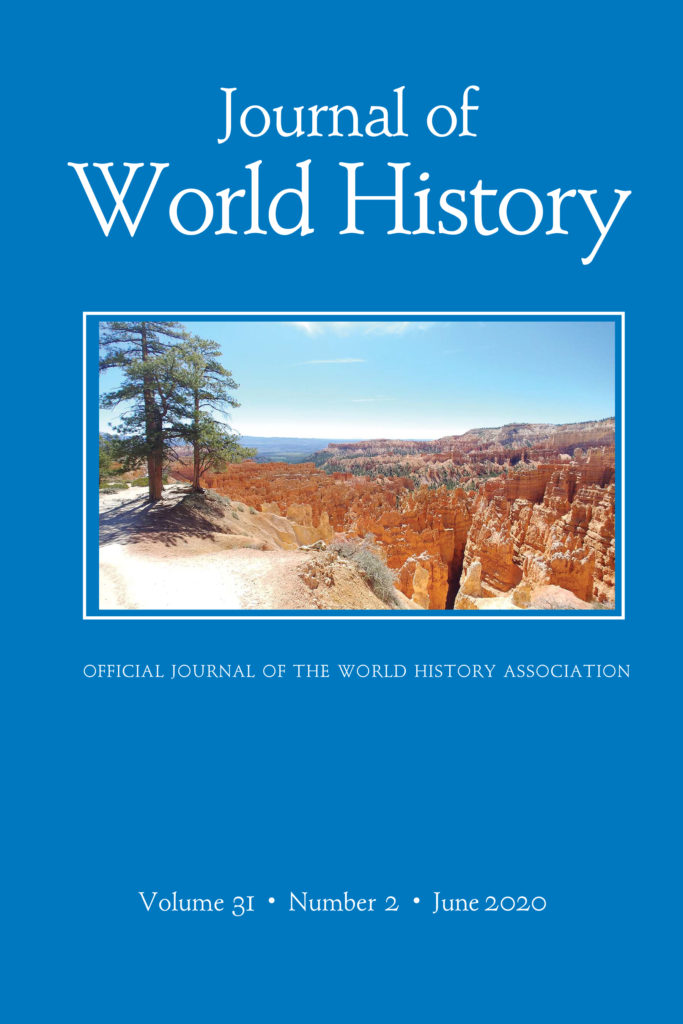
Roads and Oceans: An Introduction
Matthew P. Romaniello
Silk Roads or Steppe Roads? The Silk Roads in World History
David Christian
A Silk Road Legacy: The Spread of Buddhism and Islam
Xinru Liu
Siena on the Silk Roads: Ambrogio Lorenzetti and the Mongol Global Century, 1250–1350
Roxann Prazniak
The Legal Regime of the South Atlantic World, 1400-1750: Jurisdictional Complexity as Institutional Order
Lauren A. Benton
Ages of Sail, Ocean Basins, and Southeast Asia
Jennifer L. Gaynor
Pirates and Kings: Power on the Shores of Early Modern Madagascar and the Indian Ocean
Jane Hooper
The Culture of Culture Contact: Refractions from Polynesia
I. C. Campbell
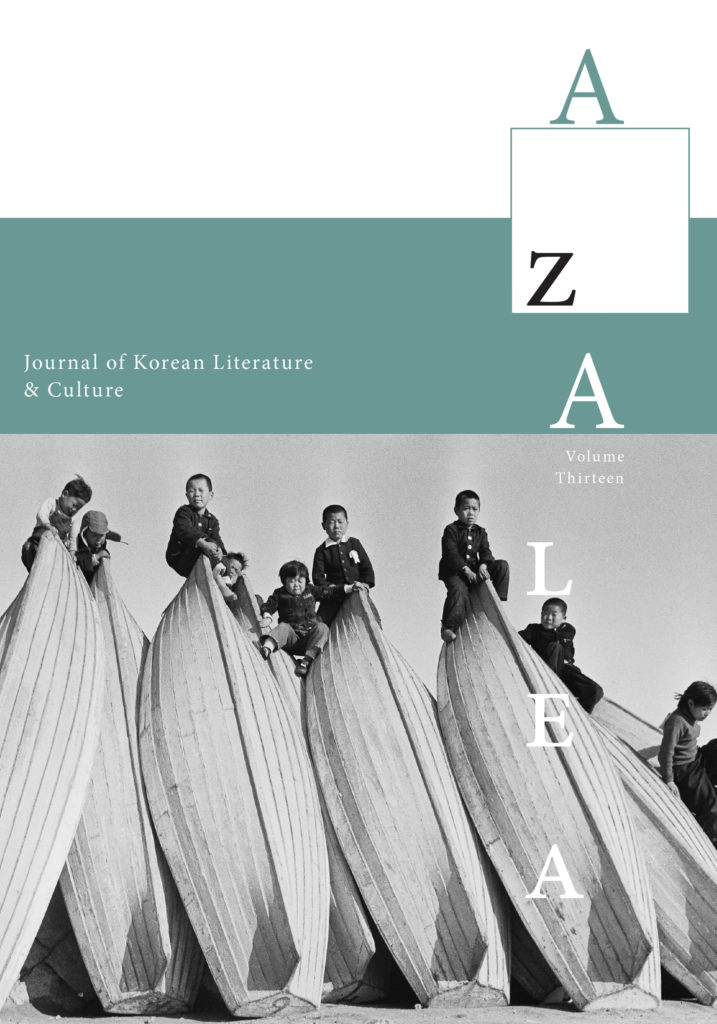
Volume 13 (2020)
The special feature of this issue of Azalea carries a feast of research: eight essays on modern Korean poetry, thanks to the endeavors of the two guest editors, Jae Won Chung and Benoit Berthelier. From the beginning period of the 1920s, described by Ku In-mo and David Krolikoski, to the genealogy of modernism, written by Jae Won Edward Chung, to North Korean poetry, covered by Benoit Berthelier and Sonja Haeussler, to twenty-first-century South Korean poetry, examined by Cho Kang-sŏk and Ivanna Sang Een Yi, this feature evinces that the field of modern Korean poetry has gotten in firm stakes.
—Young-Jun Lee, editor

Volume 24, Issue 1 (2020)
[I]n this Special Issue of The Journal of Burma Studies (JBS) we have gathered together an interdisciplinary set of research articles surrounding questions of what nature is and what its resources might be. With the four authors’ varied focus on historical and contemporary Myanmar, this set of papers offers challenging new vistas for the exploration and interrogation of how resources and the environment have been approached and brokered by local and transnational actors.
—Jane M. Ferguson, editor
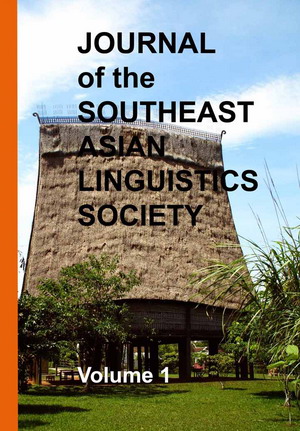
Volume 13, Issue 1 (2020)
This issue includes five research articles and one data paper:
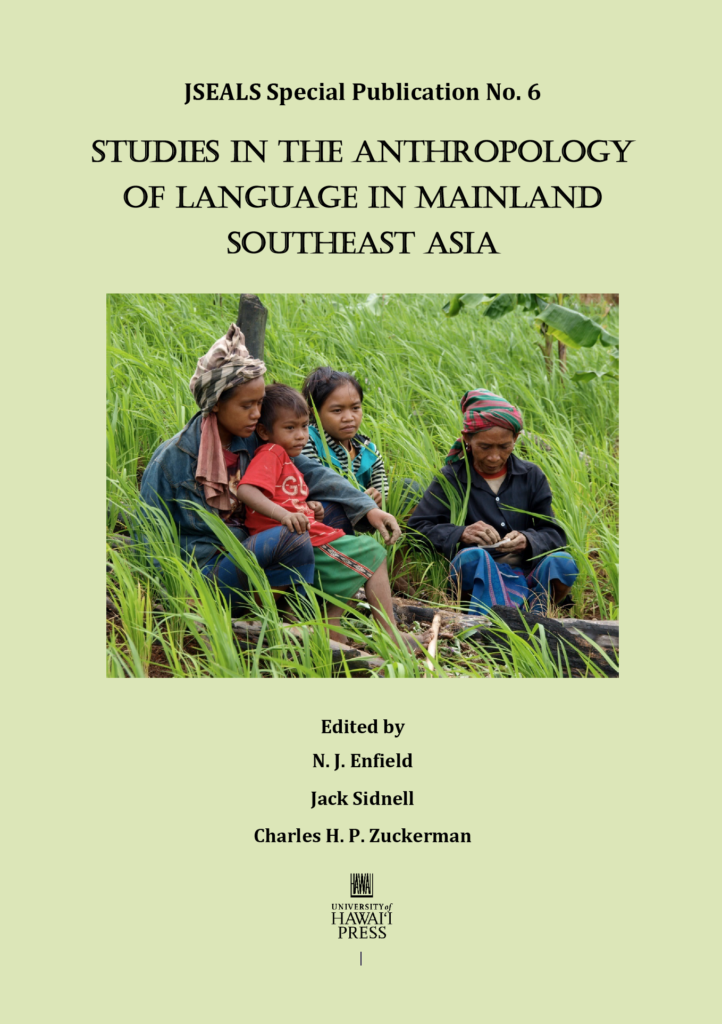
The papers in this special issue were first written for a workshop held at the University of Sydney in August 2019, titled The Anthropology of Language in Mainland Southeast Asia. Of special interest in the workshop was the fact that only a tiny fraction of the area’s languages have national language status. These national languages are far better researched and understood than the vast majority of languages spoken in the area. New research on minority languages (mostly in descriptive and historical linguistics) is beginning to redress this imbalance, but much work remains if we are going to achieve a full picture of human language in mainland Southeast Asia.
—N. J. Enfield, Jack Sidnell, and Charles H. P. Zuckerman, editors
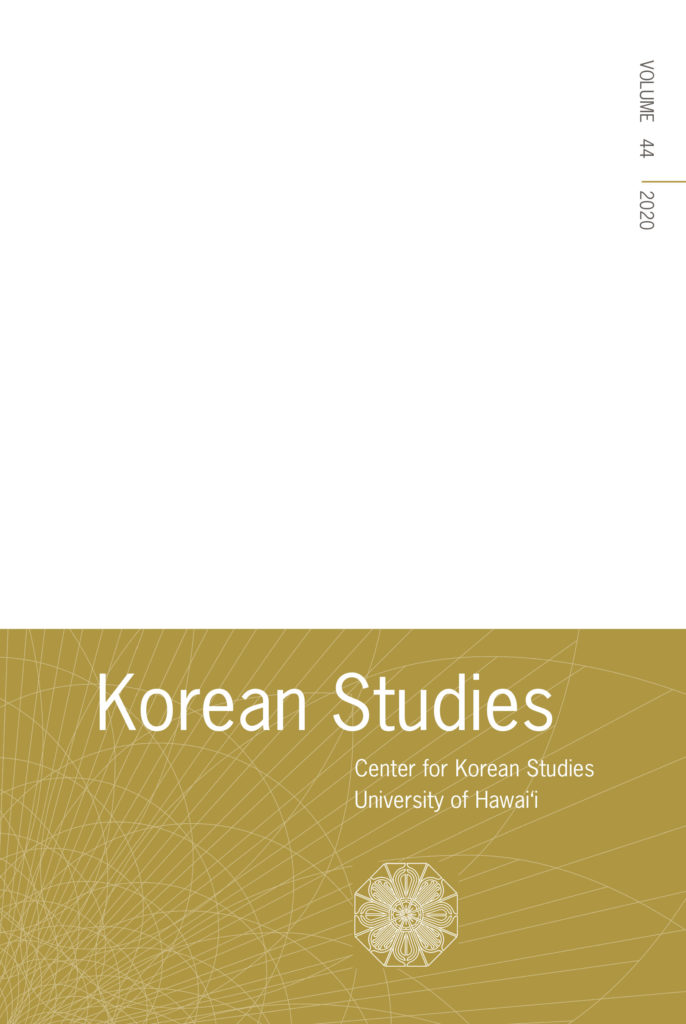
Volume 44 (2020)
The new issue includes the following research articles:

Volume 14 (2020)
In May, Language Documentation & Conservation added two new articles:
Find the 2019 LD&C annual report here.
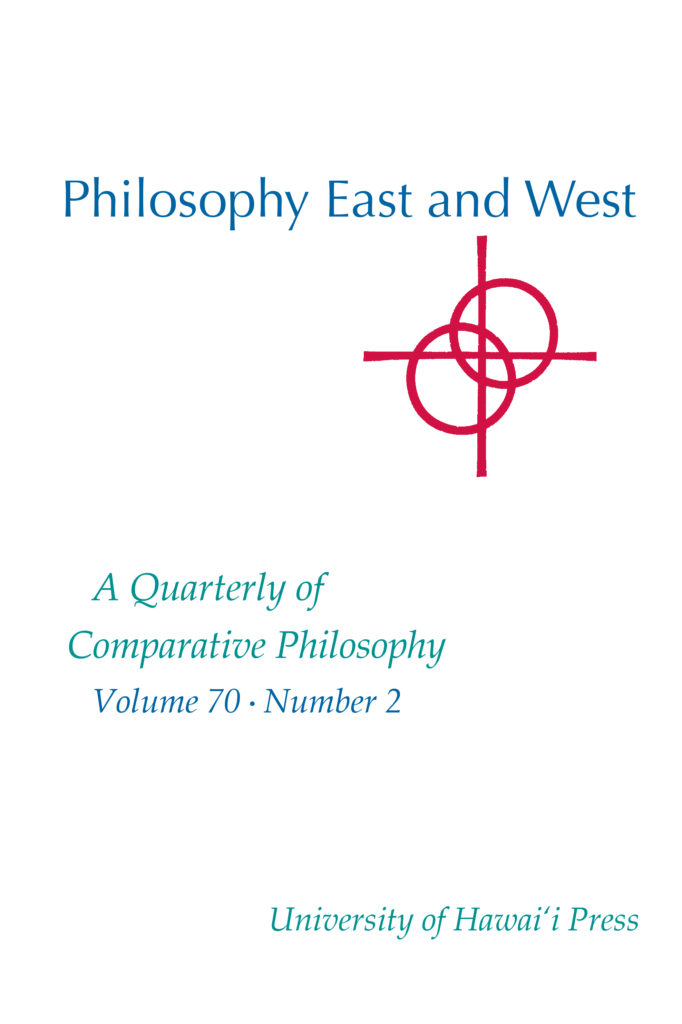
Volume 70, Issue 2 (2020)
This issue of Philosophy East & West opens with a remembrance of Gerald James Larson, known more widely as Gerry Larson, who passed away suddenly on April 27, 2019 at the age of 81. His death was unexpected because he was just getting ready to leave for India in connection with a meeting centered on his recently published magnum opus Classical Yoga Philosophy and the Legacy of Sāṁkhya. Sadly, he experienced some sharp abdominal pain and passed away two weeks later.
Read Joseph Prabhu’s reflect on Gerry Larson and the issue’s articles, discussions, and reviews here.
SPECIAL ISSUE:
Student and Community Abstracts
Guest Editor: May Kealoha, PhD
Co-Editor: Jillian Inouye, PhD, FAAN
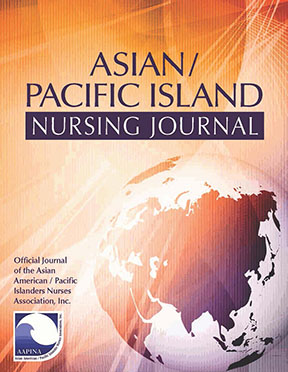
This special issue will feature abstracts of papers from students and/or community members who are interested in disseminating new knowledge and practices for Asian and Pacific Islanders.
Please submit your abstracts in the format of formal papers. The format should contain these or other approved headings of: Introduction, Problem/Significance of Topic, Methods, Results, Discussion, and Recommendations all relative to Asian/Pacific Islanders and nursing and health. Papers should be one to two pages in length and will be peer reviewed. For this special issue, we are particularly interested in the following but not limited to topics that are:
Original and empirical pilot studies using qualitative, quantitative, or mixed-methods are welcome. Asian/Pacific Island Nursing Journal is the only journal focused specifically on health and health care of and for this group. This journal publishes peer-reviewed articles that include, but are not limited to:
Author Guidelines
All submitted papers must be written in English and contain only original work, which has not been published by or is currently under review at another journal (electronic or print). Asian/Pacific Island Nursing Journal rules governing the formatting of the final submission can be found at:
Manuscript Preparation Guidelines https://kahualike.manoa.hawaii.edu/apin/styleguide.html
All manuscripts and any supplementary material should be submitted through https://kahualike.manoa.hawaii.edu/apin/
For more detailed guidelines, go to https://kahualike.manoa.hawaii.edu/apin/policies.html
The authors must select as “Special Issue” when they reach the “Article Type” step in the submission process.
All papers will be peer-reviewed by two independent reviewers. Requests for additional information should be addressed to the guest editors.
For more detailed, go to https://kahualike.manoa.hawaii.edu/university-press/
Article Processing Charge
There is no charge for submitting a paper to Asian/Pacific Island Nursing Journal.
Upon acceptance of your manuscript, you will be charged a one-time Article Processing Charge of $100 for first author members; first author student members $80; and nonmember rates would be $150
Editorial Contact Information
Contact the guest editor with queries about appropriate topics or works in progress for the special issue:
| May Kealoha, PhD, MPHKapi’olani Community College Nursing Department. Email: kealohab@hawaii.edu | Jillian Inouye, PhD, FAANEmeritus Professor, University of Hawaii John A Burns School of Medicine. Email: jinouye@hawaii.edu |
Contact the editor with questions about the manuscript submission process:
Jillian Inouye Editor in Chief
Email: jinouye@hawaii.edu
Published twice a year since 1989 by the University of Hawai‘i Press, Mānoa: A Pacific Journal of International Writing has received two national grants to support its issues. The journal’s editorial offices are in the Department of English of the UH-Mānoa campus, and it is supported by the College of Languages, Linguistics, and Literature.
The National Endowment for the Arts awarded Mānoa an Art Works grant of $10,000 for fiscal year 2020. This grant was one of 1,187 that totaled $27.3 million and supported projects in every state. Art Works grants are given to artistically excellent projects that celebrate American creativity and cultural heritage.
The Community of Literary Magazines and Presses (CLMP), in alliance with the Amazon Literary Partnership (ALP), awarded Mānoa a 2020 Literary Magazine Fund grant of $5,000. ALP launched the Literary Magazine Fund with CLMP in 2019 to help CLMP support the crucial work of literary publishers. Grant applications were reviewed by a panel of judges convened by ALP and CLMP. Final selections were made by ALP and CLMP.
Since 2009, ALP has provided $13 million in grant funding to over 175 literary organizations, assisting thousands of writers. Originally founded in 1967, CLMP provides funding and technical assistance to over 400 magazines, presses, Internet publishers, and chapbook and zine publishers.
Mānoa was one of three UH Press journals that celebrated thirty years of publishing in 2019. It has published over sixty issues and featured the work of over a thousand contributors from all over the world. The CLMP and ALP award will support the publication of the journal’s summer 2020 issue, Tyranny Lessons: International Prose, Poetry, and Performance, a collection of writing about ordinary people struggling against the restrictions on lives, movements, and thoughts imposed by intolerant societies, repressive political systems, and failed states.
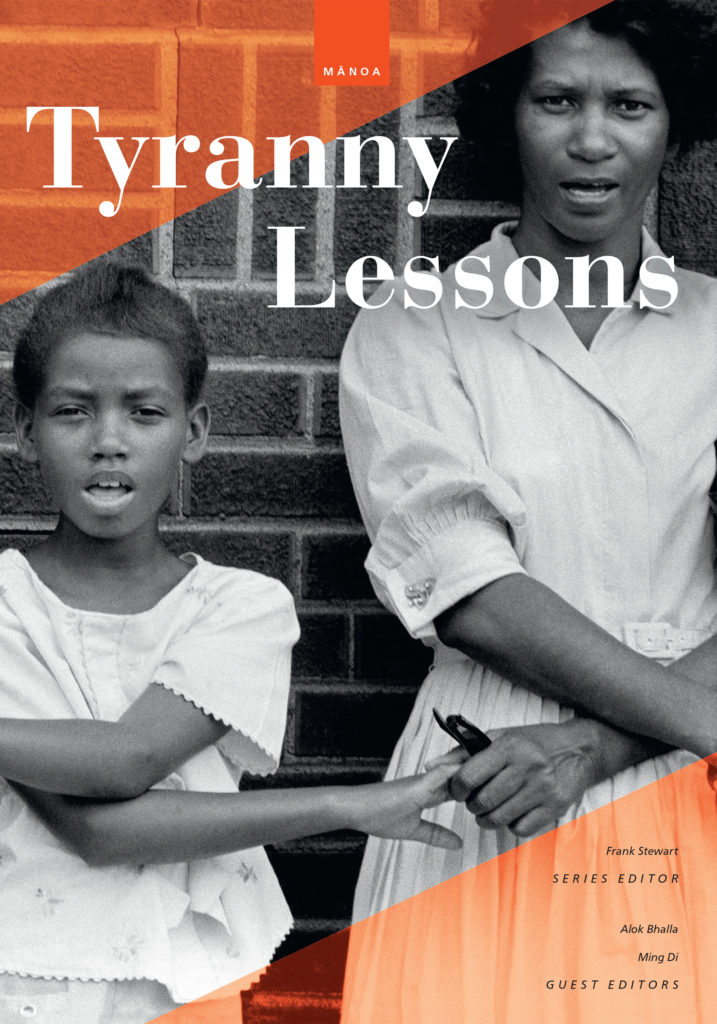
The University of Hawai‘i Press partners with The Permanent Conference on Chinese Oral and Performing Literature for the continued publication of CHINOPERL: Journal of Chinese Oral & Performing Literature, starting with the summer 2020 issue.
An interdisciplinary journal, CHINOPERL has been published continuously since 1969 and is the only Western-language journal in its field. The interplay between orality, performance, and written traditions is a question that concerns anyone who studies China, and the journal focuses on literature connected to oral performance, either formally on stage or as a means of everyday communication. This literature ranges from proverbs to poetry, folk songs to hip-hop.
“We are excited to work with the University of Hawai‘i Press, which has a well-deserved reputation for excellence,” said editor Margaret B. Wan. “CHINOPERL welcomes diverse contributions to Chinese performance studies. Recent issues have explored Chinese performance in diaspora, the intersection of social and cultural history, and new approaches from media studies, gender studies, religious studies, and digital humanities.”
The forthcoming issue is a special issue on Regional Language and Performance Texts in the Qing, co-edited by Margaret B. Wan and Catherine Swatek. The issue grew out of a panel at the Association of Asian Studies meeting in 2017. The new issue will also feature a newly designed cover.
“CHINOPERL’s interdisciplinary and global approach makes this title a great addition to our journals list,” said Joel Cosseboom, UH Press Interim Director and Publisher.
CHINOPERL joins the established Asian Studies journals published by UH Press, including Azalea, Asian Theatre Journal, and China Review International, among others.
The journal welcomes submissions on Chinese oral and performing literature, whether historical, descriptive, theoretical, or interdisciplinary in nature. Submission and subscription information can be found at uhpress.hawaii.edu/title/chp. All 38 volumes of CHINOPERL’s archive are also now available on Project MUSE (https://muse.jhu.edu/journals/chinoperl).
CHINOPERL (chinoperl.osu.edu) is an organization that is devoted to the research, analysis, and interpretation of oral and performing traditions, broadly defined, and their relationship to China’s culture and society. Its membership consists of scholars in the humanities and the social sciences who recognize the significance of oral performance to Chinese literature and culture. CHINOPERL celebrated its 50th anniversary at the 2019 CHINOPERL Conference. CHINOPERL: Journal of Chinese Oral and Performing Literature is its official publication.
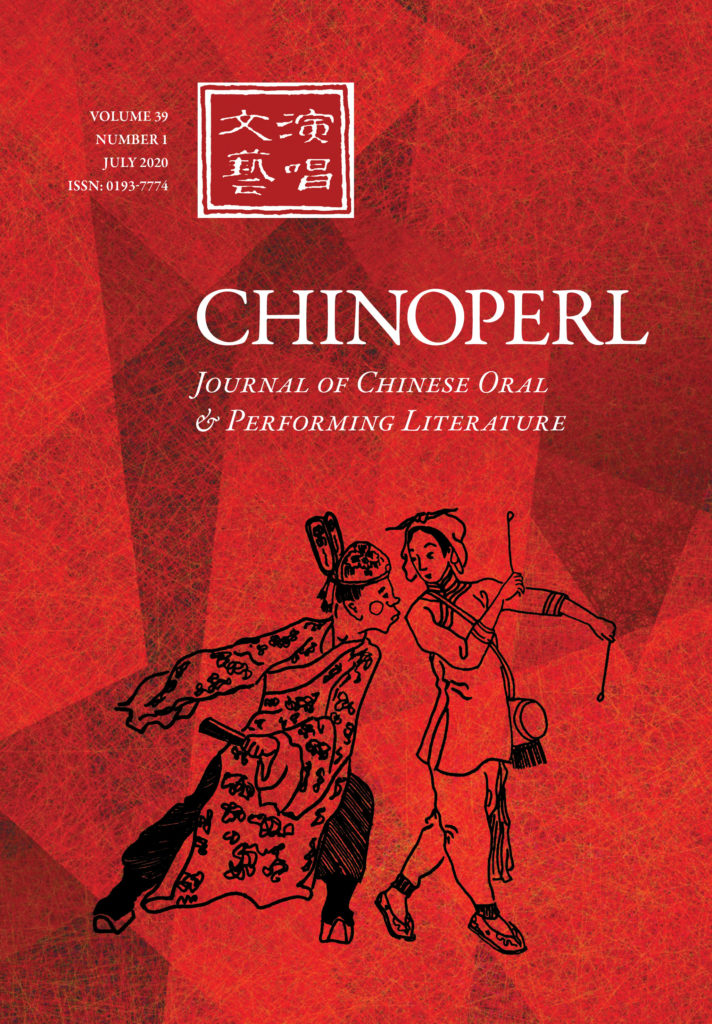
Editor
Margaret B. Wan, University of Utah, USA
Consulting Editor
David Rolston, University of Michigan, USA
Associate Editors
Catherine C. Swatek, University of British Columbia, Canada
Vibeke Børdahl, Nordic Institute of Asian Studies, Denmark
Jing Shen, Eckerd College, USA
The spring issue of Asian Perspectives includes two remembrances to Martin Thomas Bale (7 March 1970–21 September 2018) and Hung Ling-Yu 洪玲玉 (25 February 1975–26 April 2018).
Bale was one of Korean archaeology’s most active and ardent supporters. He was a pioneer of Korean prehistory in North America, devoting more than twenty years to the study of the Mumun Pottery Period (ca. 1500–300 b.c.) and broader East Asia. Hung was an anthropological archaeologist to her core, with extensive field experience in archaeological excavations and surveys in China and Taiwan, including work in Sichuan Province as part of the Luce Foundation-sponsored Chengdu Plain Archaeological Survey.
Find these remembrances, research articles, a review essay, and book reviews in the new issue.
Editors’ Note
Mike T. Carson, Rowan K. Flad
Formation and Function of Majiayao and Qijia Pottery: Analysis of Manufacturing Marks and Use-alteration on Vessels from the Tao River Valley
Andrew Womack, Hui Wang
Revisiting Prei Khmeng: The Excavation of an Iron Age Settlement and Cemetery in Cambodia
Dougald O’Reilly, Louise Shewan, Kate Domett, An Sopheap
Traditional Land Use and Resistance to Spanish Colonial Entanglement: Archaeological Evidence on Guam
Boyd Dixon, Danny Welch, Lon Bulgrin, Mark Horrocks
Lapita on Wari Island: What’s the Problem?
Merryn Chynoweth, Glenn R. Summerhayes, Anne Ford, Yo Negishi
Antenna-Style Daggers in Northeast Asia from the Perspective of Interregional Interaction
Park Sun Mi
Ban Chiang, Northeast Thailand, Volumes 2A and 2B: A Review Essay
Charles Higham
Violence, Kinship and the Early Chinese State: The Shang and their World by Roderick Campbell (review)
Wang Haicheng
Silk, Slaves, and Stupas: Material Culture of the Silk Road by Susan Whitfield (review)
Toby C. Wilkinson
Martin Thomas Bale (7 March 1970–21 September 2018)
Rachel Lee, Mark Byington
Hung Ling-Yu 洪玲玉 (25 February 1975–26 Abril 2018)
Hung Ling-Yu, Tristram R. Kidder, Sara Friedman
